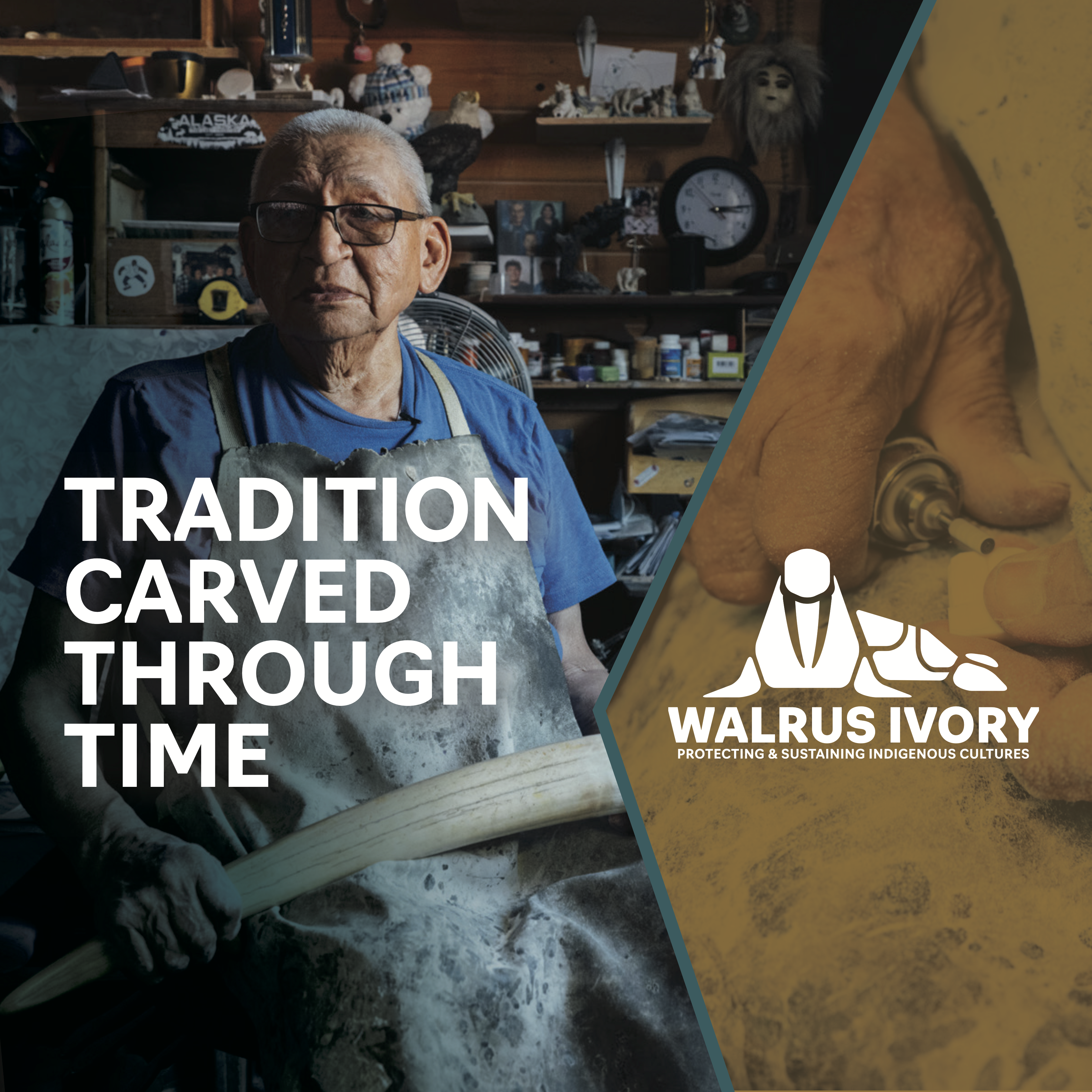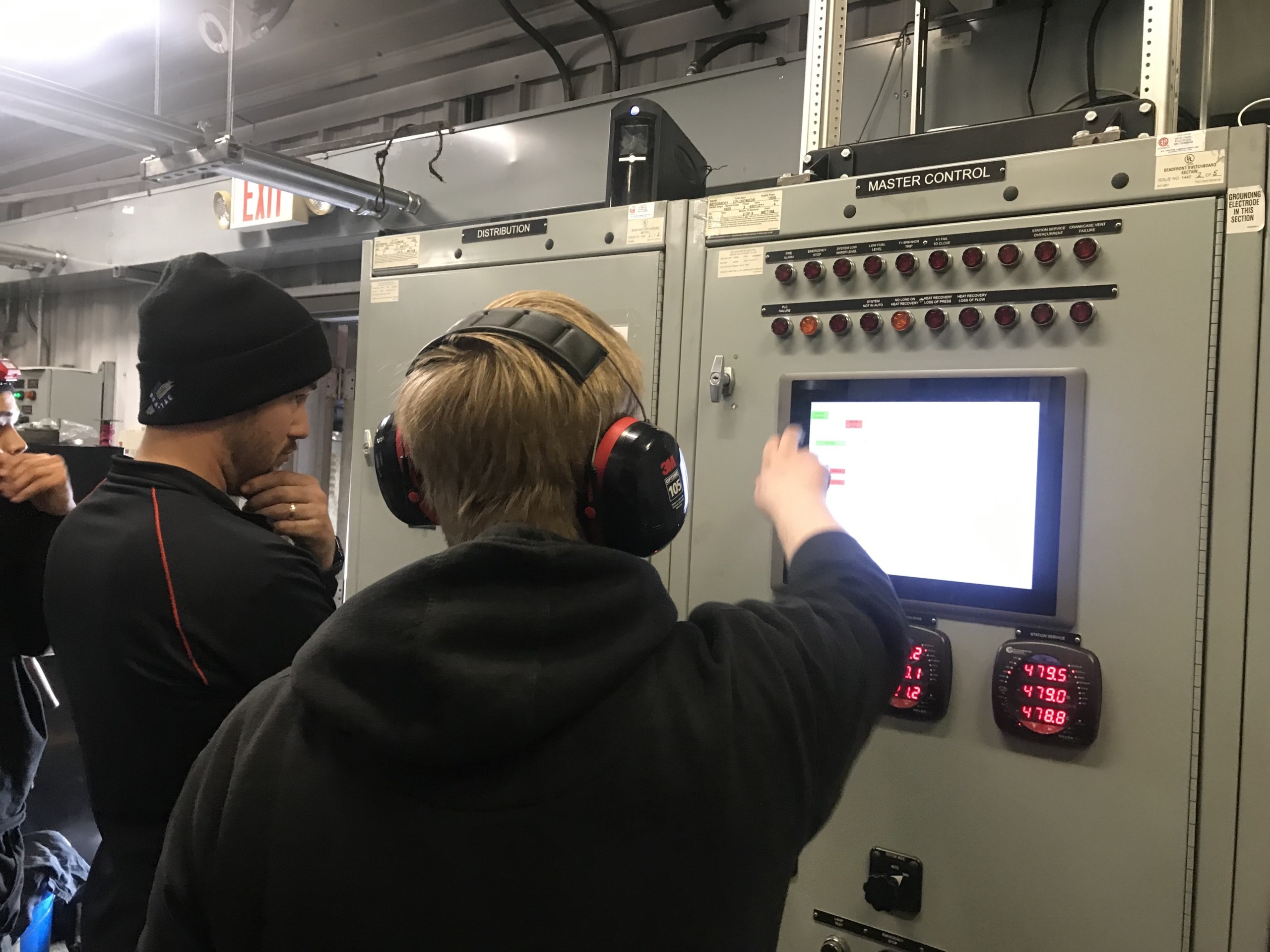Alaska Native people, and numerous local, state and national organizations with interests in protecting Indigenous cultures and traditions, have collaborated to launch the first national awareness campaign designed to help legislators and consumers better understand the legal, ethical and responsible use of walrus ivory by Native people. Walrusivory.org provides access to free education and advocacy tools to combat overly broad ivory bans that threaten the livelihood of many Alaska Native communities.
Alaska Native people living in northern coastal regions of the state rely heavily on walrus for food, clothing and cultural traditions. Walrus is an important part of this subsistence lifestyle, and it’s been this way for thousands of years. Alaska Native artists also rely heavily on sales of authentic craftwork to supplement their income and bring money into communities that have limited economic resources.
Unfortunately, this way of life has been severely impacted, an unintended consequence of walrus harvests being wrongly associated with illegal poaching of elephants for ivory.
Background
- To stop the poaching of African elephants, the U.S. implemented a near-total ban on the commercial trade of African elephant ivory.
- Numerous U.S. states have passed well-intended laws banning the sale, use and possession of all ivory – unintentionally including walrus.
- Elephant ivory and walrus ivory are not the same.
- Alaska Native people have been responsibly and respectfully harvesting walrus for centuries. The walrus population remains healthy today.
- Pacific walrus are protected by the Marine Mammals Protection Act of 1972. This federal law allows for Alaska Native people in coastal communities to harvest walrus for subsistence purposes.
- Walrus ivory art continues to be a source of tradition and culture sharing, pride, artistic production, expression and income.
WalrusIvory.org, which features short documentaries on local carvers, answers to frequently asked questions, comparison charts, and more, sheds light on the responsible and historical use of walrus by Alaska Native people, and its significance to their livelihood. Toolkit materials can be requested or downloaded by partners and others who would like to get involved, visitors to Alaska, and those who would like to purchase walrus ivory artwork to support Alaska Native artists and their communities.
For an interview with partners behind this effort, including Alaska Native artists, please contact Kawerak Outreach Director Danielle Slingsby at (907) 304-2214 or dslingsby@kawerak.org. # # #





